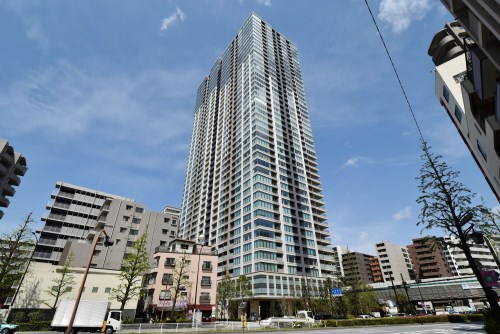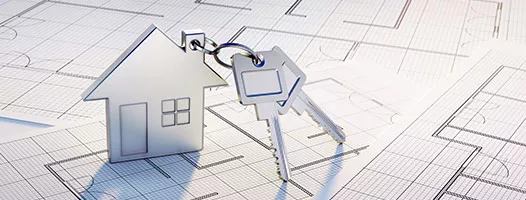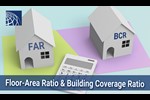Capital Gains Tax on Property Sales in Japan
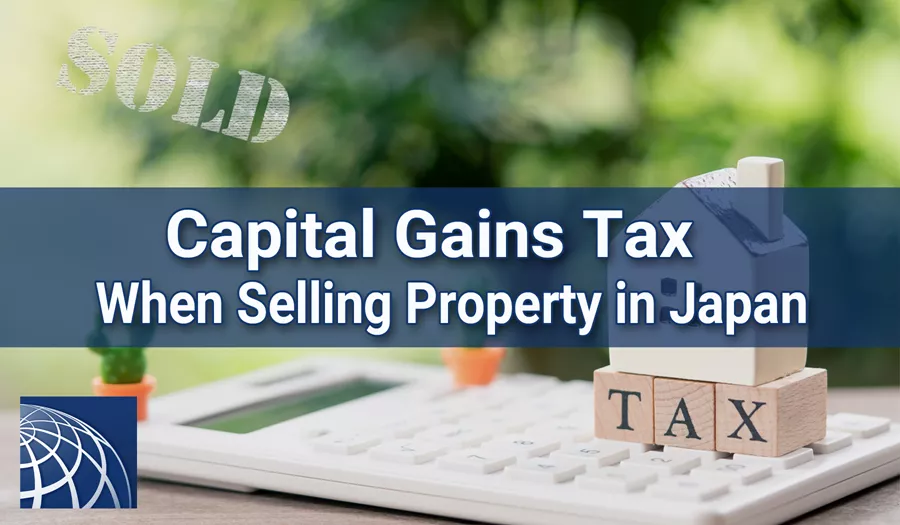
This guide explains the taxes involved in selling real estate in Japan.
Profits from selling real estate, known as capital gains, are subject to national and local (inhabitant) income tax. Tax rates vary depending on the length of ownership and the property's use. Here is an introduction to the taxation of capital gains and how it is calculated.
Tax on capital gains
Capital gains from the sale of land and buildings are subject to national and local inhabitant tax, separate from other income like employment income. You'll pay taxes on the real estate transfer when you file your annual tax return between February 16th and March 15th of the following year.
1. Calculating Taxable Capital Gains
Taxable capital gains are calculated by subtracting both acquisition costs and transfer expenses from the sale price.
Taxable Capital Gains = Proceeds from the Sale of Real Property – (Acquisition Costs + Selling Expenses)
About Acquisition Costs
Acquisition costs for real estate include the purchase price, plus brokerage fees, registration expenses, revenue stamp fees, and real estate acquisition tax. Depreciation and amortization of the building, calculated based on its age (from the year of completion), may be deducted from the acquisition costs.
About Transfer Expenses
Transfer expenses include brokerage fees, registration fees, stamp duty, demolition costs, and tenant relocation costs.
2. Calculating Tax Liability
The tax is calculated by multiplying the taxable capital gain by the tax rate.
Tax Due = Taxable Capital Gains × Tax Rate
Tax rates vary depending on whether the property was held for less than or more than five years.
| ■ Ownership Period of 5 Years or Less: Short-Term Capital Gains Tax Rate: 39.63% (National income tax: 30.63%, Local inhabitant tax: 9%) |
| ■ Ownership Period of More Than 5 Years: Long-Term Capital Gains Tax Rate: 20.315% (National income tax: 15.315%, Local inhabitant tax: 5% ) |
Note that the calculation of the ownership period for tax purposes may differ from your actual ownership period. The ownership period is calculated from the date of purchase to January 1st of the year of sale.
Example 1: Purchase Date: December 1, 2020
Having owned the property for over five years, you sold it on December 2, 2025.
Tax rate = Short-term capital gains
You sell the property after January 1, 2026, having owned it for more than five years since January 1, 2021.
Tax rate = Long-term capital gains
Example Case 2: Purchase Date: January 10, 2021
You sold the property on January 11, 2026, having owned it for over five years.
Tax rate = Short-term capital gains
You sold the property after January 1, 2027, having already owned it for more than five years as of January 1, 2022.
Tax rate = Long-term capital gains
When a Non-Resident sells Japanese real estate
The local inhabitant tax will not apply if the property owner is not a registered resident of Japan as of January 1st of the year following the property transfer. If you have a capital loss (negative taxable capital gain), you don't need to file a tax return. However, if withholding tax was deducted from the sale proceeds, you can file a return to receive a refund.
For details on when withholding tax applies, please refer to "Withholding tax on real estate sales by Non-residents"
www.realestate-tokyo.com/news/tax-on-sale-of-property-non-residents
The tax rates are the same for the sale of a primary residence and investment (rental) property. However, an exception applies when selling a property used as your primary residence.
Exception for the sale of a primary residence
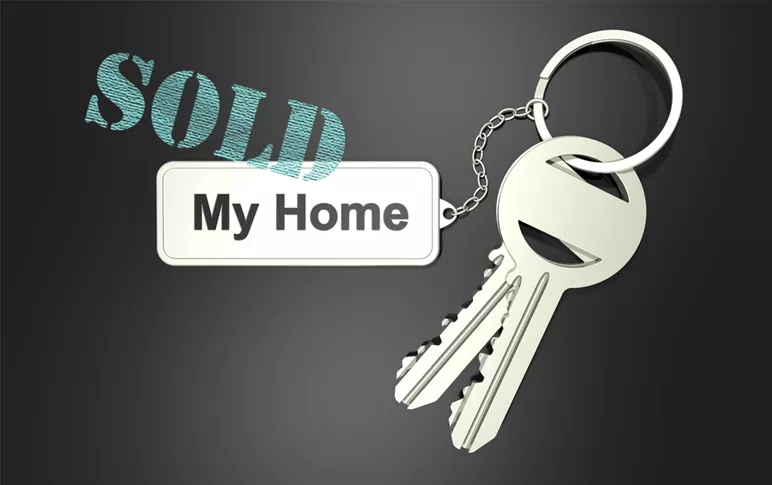
If you sell your current home, or a former home within three years of moving out by December 31st of the relevant tax year, certain tax exceptions may apply, provided you meet specific requirements.
1. When you make a profit from selling your primary residence:
1.1 Special Deduction of JPY 30 million:
A special deduction of up to JPY 30 million applies to capital gains from the sale of your primary residence, regardless of whether the gain is long-term or short-term.
Taxable Capital Gain = Proceeds from the Sale – (Acquisition Cost + Selling Expenses) – JPY 30,000,000
If your capital gain from the sale of your primary residence is less than JPY 30 million, you will owe no capital gains tax.
1.2 Reduced tax rate
If you sell your primary residence that you've owned for more than 10 years, a reduced tax rate may be applied when calculating the tax on any remaining long-term capital gains after deducting the JPY 30 million special allowance.
Taxable long-term capital gains:
| No more than JPY60,000,000 | 14.21% | National income tax 10.21%, Local inhabitant tax 4% |
|---|---|---|
| Over JPY60,000,000 | 20.315% | National income tax 15.315%, Local inhabitant tax 5% |
1.3 Purchasing a replacement residence:
If you sell your primary residence and purchase a replacement within three years (the year of sale, the preceding year, and the following year), you may be able to defer capital gains tax. This applies if you meet certain conditions, including owning the property for over ten years as of January 1st of the sale year and having used it as your primary residence for at least ten years, and if the sale price is JPY 100 million or less.
Note, however, that you can choose to apply either the JPY 30 million special deduction (1.1) or the reduced tax rate (1.2), but not both.
2. When you incur a loss on the sale of your primary residence:
If you sell your home after owning it for more than five years (as of January 1st of the year of sale) and incur a loss (as described in sections 2.1 or 2.2), you can deduct that loss from other taxable income in the same year.
If you cannot deduct the loss from the sale of your home against other income in the same year, you can carry it forward as a deduction for up to three years following the year of the sale, provided your total income in those years does not exceed JPY 30 million.
2.1 When purchasing a replacement residence:
If you sell your primary residence, purchase a replacement within a three-year window (the year before, during, and after the sale), and have an outstanding mortgage on the new home at the end of the sale year, you may be able to deduct the loss from the sale against other income or carry the deduction forward to future tax years, subject to certain requirements.
2.2 In the case of not purchasing a new house as a replacement residence
If you sell your primary residence with an outstanding mortgage as of the day before the sale contract is finalized, you may be able to deduct the resulting loss against other income (up to the difference between the outstanding loan and the sale price) or carry the deduction forward to future tax years, provided certain requirements are met.
For more details, please visit the National Tax Agency website below.
www.nta.go.jp/publication/pamph/koho/kurashi/html/05_2.htm

- Rental Apartments & Houses in Tokyo
- Listings of popular and luxurious rental apartments, condominiums, and houses designed with expats in mind.

- Apartments & Houses for Sale in Tokyo
- Listings of apartments, condominiums, and houses available for purchase in Tokyo.
